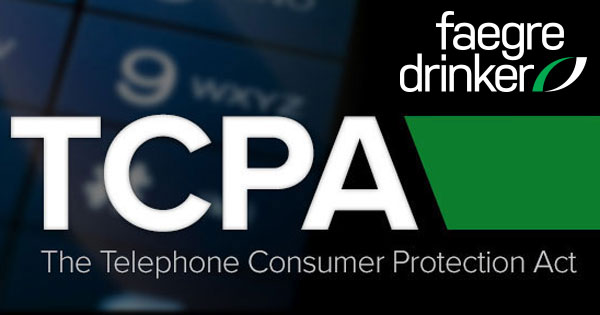In an unpublished opinion, the United States Court of Appeals for the Third Circuit recently affirmed the dismissal of a “list-mode” theory of liability that had been advanced by prolific professional plaintiff Andrew Perrong. Perrong v. Montgomery Cnty. Democratic Comm., No. 23-2415, 2024 WL 1651274, 2024 U.S. App. LEXIS 9238 (3d Cir. Apr. 8, 2024) (unpublished).
Defendants (including the local committee of the Democratic Party) allegedly called Perrong, addressing him by name and urging him to vote for Democratic candidates in his county’s general elections. Perrong argued that the defendants had used an ATDS—and by doing so had violated the TCPA—because their equipment had allegedly used a number generator to determine the order in which to call phone numbers from a stored list of previously compiled voters.
The district court rejected this argument, explaining that such an expansive definition of an ATDS would be inconsistent with the Third Circuit’s decision in Panzarella v. Navient Solutions, Inc., 37 F.4th 867 (3d Cir. 2022). As we explained at the time, Panzarella distinguished between “automatic-mode” calls (i.e., calls to numbers that are randomly or sequentially generated) and “list-mode” calls (i.e., calls to numbers that are instead found on a stored list). Specifically, it held that, unlike “automatic-mode” calls, “list-mode” calls do not “threaten to harm the TCPA targets” because they do not risk dialing emergency lines or tying up sequentially numbered business lines.
The new Perrong decision is notable because it roundly rejects the notion that a footnote in Facebook, Inc. v. Duguid left open the possibility that the TCPA prohibits calling from a stored list of numbers:
In Duguid, the Supreme Court held that the phrase “using a random or sequential number generator” modifies both “store” and “produce,” such that to qualify as an ATDS, a device “must have the capacity either to store a telephone number using a random or sequential generator or to produce a telephone number using a random or sequential number generator.” The gist of Perrong’s argument is that in footnote seven of Duguid, the Supreme Court endorsed the proposition that a device using a number generator to select and dial phone numbers from a previously compiled list is also an ATDS. But we did not adopt this reading of Duguid in our subsequent decision in Panzarella. And our sister Courts of Appeals have rejected this precise argument on the ground that it takes the footnote completely out of context. We concur with their persuasive reasoning and reject Perrong’s interpretation of Duguid.
Opinion at 4-5. As for Perrong’s other arguments, the Court considered them and found them to be “meritless.” Id. at 5 n.2.

